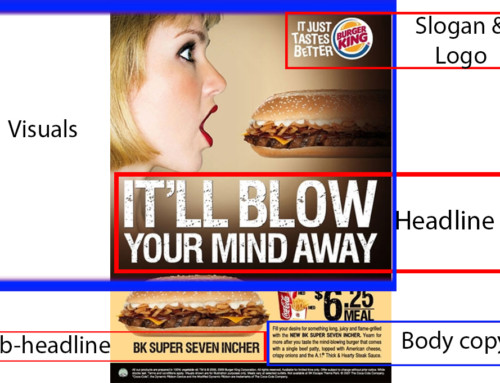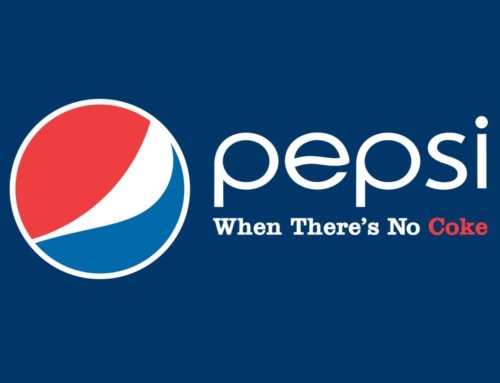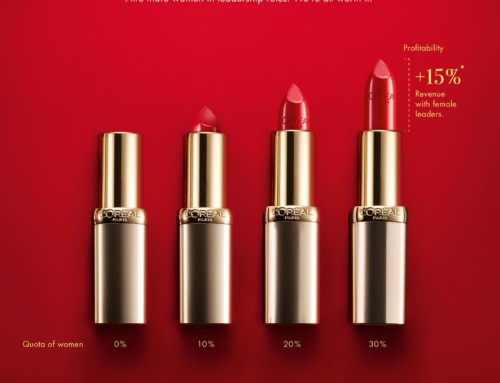Companies worldwide, big and small, use adverts. What most consumers and providers of advertising services do not consider is the effectiveness of advertisements. For example, just 25% of Chief Marketing Officer’s digital media investment reaches target audiences. This atrocity represents more than $20 billion of marketing waste (Bob Loidice).
Evaluate adverts to reduce this waste to increase profit margins. Evaluating adverts helps improve the quality of the messages a company sends out. The improved quality of adverts increases their impact and consequently, the bottom line.
The types of advertising research that marketers use to evaluate the effectiveness of adverts are in the image below.

I talked about advertising in a previous article stating that a strategy does not back most advertising. In today’s article, I am concentrating on a different angle, evaluating the adverts.
We will analyze the various advert research methods shown above in future articles. Let us start with the ground rules for evaluating adverts.
What You Should Understand About Evaluating Adverts
It is essential to know the following rules. The purpose is for the manager to understand what he or she gains and the necessary trade-offs in advert research before rubber-stamping an operation.
Advert research will not give you clear cut information. The reason is that the process of advertising is difficult to measure from end to end.
Imagine the amount of time it would take for you to determine how 1 million people who interacted with your advert responded to it?
As a result, evaluate adverts after the manager accepts the following conditions.
1. There Isn’t A Clear Link Between Adverts Research & The Effects Of Advertising

One look at the diagram above shows that any type of evaluation of adverts is not conclusive. There are too many factors to consider. For example, looking at the image above, how would you link adverts to sales?
Comment below if you believe otherwise. Also, let me know how you would conduct such an exercise providing conclusive results.
This aspect is important to grasp because it helps the marketing manager to manage the stakeholders’ expectations’ before they approve adverts evaluation exercises.
2. Evaluate The Information Produced By The Adverts Evaluation Using Statistics

As a result of the links between adverts and the results not being clear, it is essential to use statistics to validate the equivocal findings of the adverts evaluation exercise.
Statistical models produce coefficients that indicate if you can rely on the information you have generated and the degree to which you can depend on the facts.
The most important feature of statistical models in this respect is being able to tell which variable contributed the most to the result. Using mathematical models ensures that stakeholders only concentrate on variables that move the needle when it comes to key performance indicators.
In addition to using statistical models, you should use hypothesis testing. Hypothesis testing allows you to build on the information in future adverts evaluations. Third parties who want to add to your work cannot rely on research conducted without the aid of hypothesis testing.
The choice of statistical approach should be able to detect changes in results down to the most minute level. The reason for this is small changes in results can mean significant changes in impact from the adverts. Choose data collection tools and approaches that produce data that you can feed into statistical models that meet this criterion.
3. For Evaluations Of Adverts Use Relative Measurements Instead Of Absolute Measurements
An absolute measurement is, for example, saying that 80% of customers recalled watching an advert. A target based on an absolute measurement does not mean much in business. The reason is you cannot tie it to the situation on the ground.
Attaining a specific result comes at a cost. Using absolute measurements can affect profit as an organization overextends itself. You can achieve an 80% adverts recall rate at a profit of $100 000 when a recall rate of 70% would have made you a profit of $500 000. Choosing a recall rate of 70%, which is a relative measurement, makes sense in this case.
A relative measure considers other factors. For example, imagine that a certain industry the average recall rate for an advert is 30%. An advert evaluation which shows a recall rate of 32% means that the advert has done well. In this case, use the relative measurement of 32% as opposed to the absolute measurement of 80%.
The approach ensures the maximum yield from using adverts evaluations.
4. The Information Produced By Adverts Evaluations Has A Short Shelf Life
The only constant in this world – change. Technology and industrialization have ushered in an era of the rapid development of culture and other aspects that affect people’s views on various issues.
An advert you send today only applies to the current situation. Do not rely on adverts evaluations that are more than a year old. As tastes change, new information is required.
This information is vital for stakeholder management as well as the science itself. Before you embark on adverts evaluation note that this exercise has to be conducted every six months to a year as the information gets stale rather quickly.
Another issue is that adverts, even on the same campaign, will be evaluated on uneven playing fields when you compare the baseline study to subsequent studies. The adverts you assess in the baseline survey will most likely be different to the adverts you evaluate in the following research operations. The result is that even if the results are similar, the measurement criteria will not be identical. Your stakeholders must accept this phenomenon.
5. You Are Only Searching For One Piece Of New Information On Adverts
When you conduct evaluations of adverts, you are looking for new information that you did not have before. Most executives view marketing departments as cost centers. As a result, show that you are cost-conscious by conducting adverts research only when seeking new information.
An example is when a marketing manager asks the question – Does an increase in the advert budget for a particular campaign increase sales for a particular product?
The research exercise concentrates on one input i.e., advert budget and one phenomenon for which the status is unknown – impact on sales.
6. Make Sure You Chose The Correct Goal For An Adverts Evaluation
It is easy to choose the wrong goal, which will waste resources. Knowing what you should analyze in an advert is not always straight forward, so be careful of the choice that you make.
For example, choosing sales as an indicator of advert effectiveness and thus making it the subject of analysis might be wrong. Other sources of value of adverts include improvements in brand recognition and brand equity, among other factors.
In some cases, these factors can be more critical to the company than apparent metrics such as sales. Before choosing a goal for the adverts evaluation, analyze the value chains for the company and the product in question.
Choosing the right goal increases the chance of you gaining meaningful insights which pave the way for the approval of projects of such nature in the future.
Read this article to understand more about value chains.
7. Adverts Research Requires A Commitment To Delay Operations Until The Research Excercise Is Complete
As with any research, the results are only known after the exercise is complete. Waiting for the results creates situations where you need to manage your stakeholders. Operations linked to the research in question should only commence after the study is complete.
By saying this, I mean that no brainstorming, creation of drafts or concepts occurs before the research exercise is complete. The reason is two-fold. The first is that time will not be wasted heading in the wrong direction only to restart when the results come out.
The second reason is that brainstorming should not be used to come up with the final product. The science is available. The customers will tell you what they need instead of you coming up with your concepts and implementing them.
If your stakeholders are not ready to delay proceedings for you to complete the research – do not commence the operation.
These are the rules that you should adhere to before you embark on the evaluations of adverts. A scientific approach in business is required, and I tried to show it in this article. The scientific method will set a precedent for the rest of the series on the evaluation of adverts.
Are these rules applicable? Let me know what you think in the comments section below. Mention any rules that you think I might have omitted.







Leave A Comment